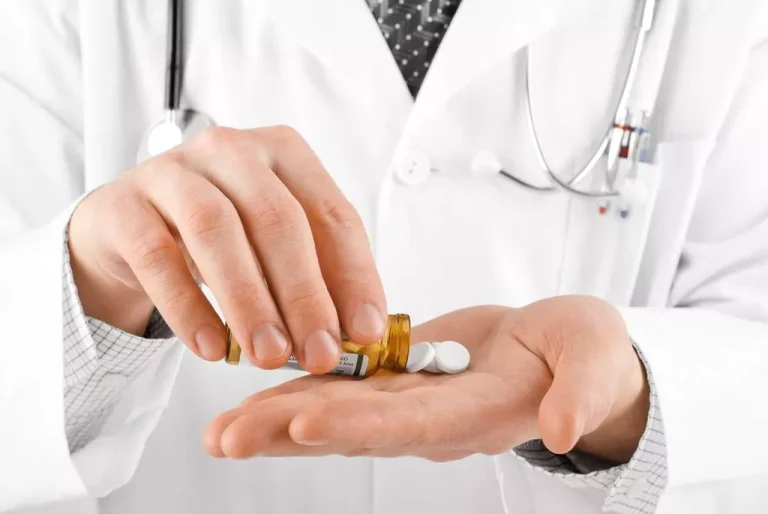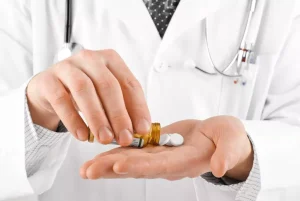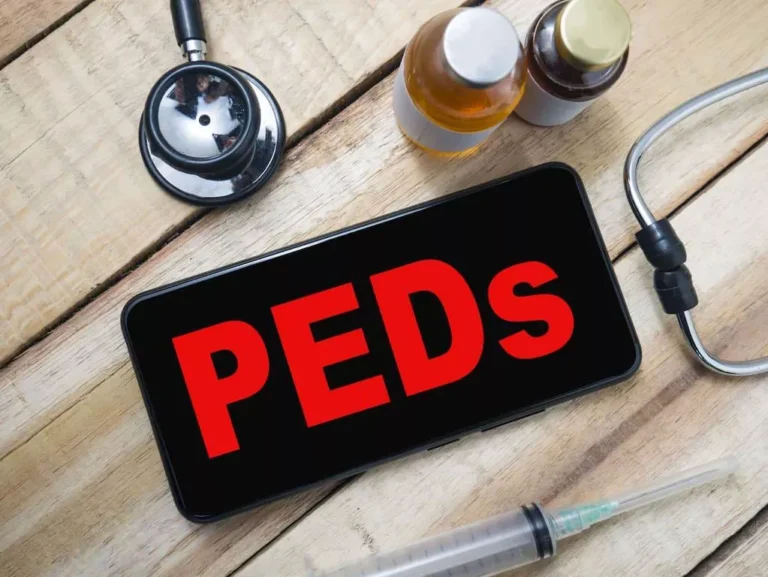
This will help to guide you in making a logical and informed decision when faced with peer pressure. For students, a sudden drop in academic grades could indicate the presence of negative peer pressure. Some youths may intentionally do badly in tests and examinations.
- This could stem from wanting to be liked, or a fear of confrontation.
- This is the type of pressure that you put on yourself based on your perceptions of what your peers expect from you.
- We hear much more about direct peer pressure, as it is easier to detect and recognize as problematic.
If you’re feeling pressured to go along with your mates and aren’t sure what to do, we can help you figure it out.
People, especially teens and young adults, may be more likely to do prosocial behaviors when they see people their own age doing the same things. For example, research has shown that teens with friends who volunteer are more likely to volunteer themselves. While peer influence can improve your life, peer pressure can which of the following is a type of indirect peer pressure? cause problems. For example, you may feel pressure to do unsafe things that have risks you may not fully know.
Responding to Peer Pressure in the Moment
In some instances, pressure and influence from our peers can be positive. There are times when those around us influence us in a helpful or productive way, which can’t be discounted. However, peer pressure and social pressure feel the same to the recipient. Accordingly, we will use the terms interchangeably in this article. Parents’ positive feedback turns out to be a booster for their children when they are facing any kind of peer pressure. They act as a guardian who can treat them well and can help in how to tackle peer pressure.
How To Tackle Peer Pressure: Types, Strategies, Examples

The need to feel loved is at the heart of falling for peer pressure. We’ve all been there, but we know the answer is not to follow the crowd and live outside God’s will. This can happen through prayer, reading God’s Word and choosing your friends wisely. According to research, 77 to 90 percent of teens have reported feeling or experiencing peer pressure. Teens with high self-esteem accepts themselves and the way they are, as well as respect themselves.

Positive Peer Pressure
- If peer pressure has negatively impacted your life, a therapist can offer compassionate and confidential help.
- You’ll feel less alone when pressured if you have even one friend committed to avoiding risky behaviour, too.
- When you’re faced with a choice, ask yourself what your reasons are for doing something.
This might be in a bid to appear cool or fit in with certain crowds. Many adults are susceptible to drinking too much because their friends are doing it, or putting work before family because they’re competing with other people in their office for a promotion. Role modeling good emotional self-regulation may also help your child stick to their own values when it comes to peer pressure. Self-regulation involves the ability to control thoughts, emotions, and behaviors in order to manage current behavior and achieve long-term goals. In turn, your friend might reconsider criticizing people based on their appearance.
Build Trust To Talk About What Makes Them Uncomfortable

We all know what it’s like while dealing with peer pressure when so much seems to be riding on performance and meeting goals. These things can also be considered as a positive activity and there are many strategies to navigate academic pressure if you feel at any time. The desire to fit in and feel like you are part of a group is normal, and most people feel this way sometimes, especially in the teen and young adult years.
Examples of Positive Peer Pressure
One common social media misrepresentation is when people post the “best” of their lives, creating a false sense of reality. This can lead teens to compare the true reality of their lives to the “picture-perfect” portrayal of others’ lives and feel pressure to keep up. Additionally, the absence of in-person feedback can enable an environment in which people share harmful content or abusive comments that they would not otherwise say in person. This phenomenon (called trolling) is an incredibly pervasive form of negative peer pressure found on social media. There have also been examples of harmful online challenges that have the potential to negatively impact a child’s health.
- Remember that there will always be someone who would be willing to support us, even if they are not physically present in that moment.
- For example, envision saying ‘no’ firmly in various scenarios – cheating, substances, theft.
- Positive peer pressure, on the other hand, can help prevent substance abuse and addiction.
- Sometimes people around you might unintentionally exert pressure on you simply by being themselves or by their achievements.
- At this age, research suggests, group dynamics begin to form among children, and some may be excluded from the larger group.
Is Peer Pressure Good or Bad?

On top of that, it has been linked to crime and juvenile delinquency. According to recent research, nearly 85% of high schoolers struggle with peer pressure. Dealing with peer pressure can be difficult, but below are some ways to help address it. They are also typically striving for social acceptance and are more willing to engage in behaviors against their better judgment to be accepted. Why This Digital File Is Essential for Exam PreparationThis digital guide is an invaluable tool for students preparing for their GCSE/IGCSE English Language exams. It showcases how to effectively use language techniques to craft a high-quality, structured response.

What are the effects of social media on peer pressure?
People who don’t feel pushed into something may have a harder time finding an opportunity to refuse. You know overcoming peer pressure is a long journey where you need to discover your true self. It requires a deep understanding of yourself, the values that guide your life, and the courage to stand by those values even when faced with opposition from peers.


